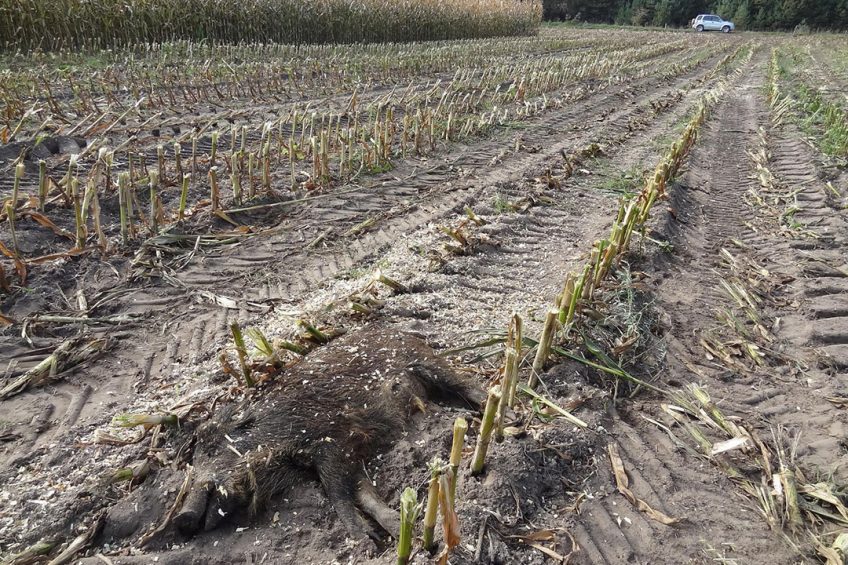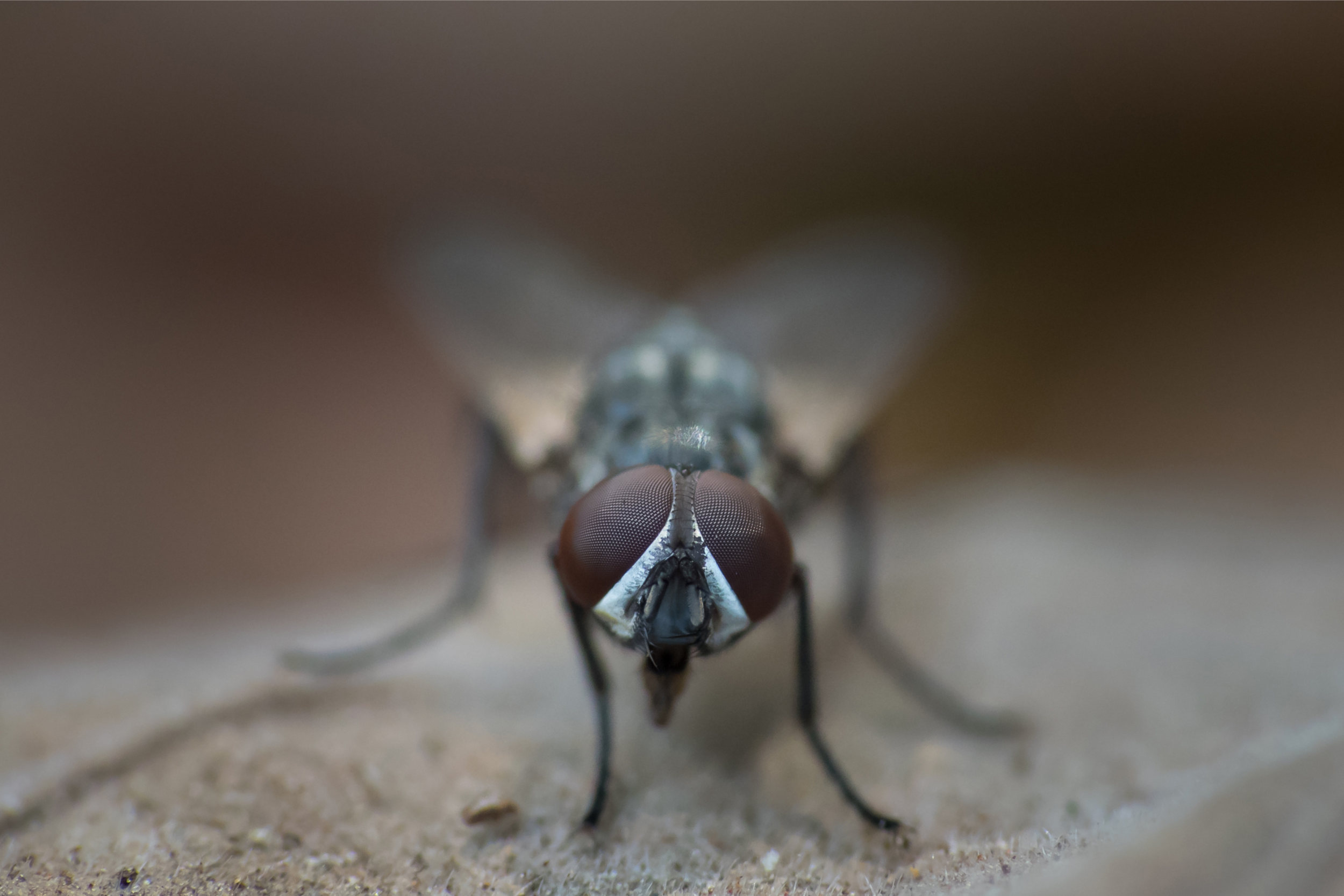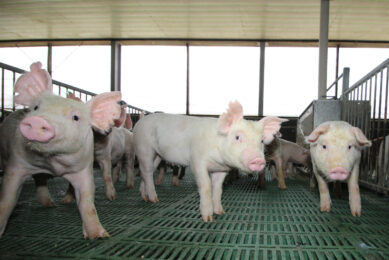ASF Poland: Virus moves up to 12km from German border

African Swine Fever has moved up in Poland to 12km from the border with Germany. This new discovery in wild boar has been confirmed by the Polish Central Veterinary Inspectorate.
This distance is the closest to Germany the virus has been found so far. The finding place was south west of the town Zary. Apart from this find, there were 2 more encounters with dead wild boar relatively close to the Polish-German border, showing that the virus is gradually creeping west.
In total, the Polish authorities reported 20 new finding places of infected wild boar from Western Poland this Wednesday. 17 finding places were in Lubusz province and a further 3 in Greater Poland province.
In Western Poland, the total number of finding places has now risen to 151, since the first case was discovered early November 2019. Sometimes more than 1 animal are being found in 1 spot, that is why it is difficult to say exactly how many ASF-infected carcasses have been found in Western Poland in total. More precise information as to the total number of infected animals per location is usually shared by the CVI and the World Organization for Animal Health (OIE) at a later moment.
In the map below, the new cases have been added in dark red. In Eastern Poland, ASF has been around since 2014 and also from that area reports keep coming of infected wild boar. Earlier cases reported from (backyard) farms in Eastern Poland are also included in the map, with blue markers.
Germany stepping up actions to prevent ASF
In the meantime, Germany and Poland are discussing new actions to prevent the spread of ASF, including border fences and increased hunting of the animals.
In the context of the ‘Green Week’, Germany’s agriculture minister Julia Klöckner and Polish agriculture minister Jan Krzysztof Ardanowski met in Berlin and agreed new measures to jointly contain the virus and prevent it spreading to Germany, the German agriculture ministry said in a statement.
New preventive measures include
• The development of a common set of measures to reinforce previous efforts. That includes the construction of a fence along the border to prevent wild boar from migrating to Germany.
• It will be examined how the German technicians can help construct protective fences on the Polish side. A visit to that end is planned soon.
• Intensification of cooperation in the field of R&D.
• Cooperation to drastically reduce the density of wild boar, which includes the preventive shooting of boar.
Extension of the swine fever regulation
The German ministry also wrote that the ‘swine fever regulation’ has been extended. This enables authorities in federal states to erect flexible fences or wildlife barriers in the event of an outbreak. This allows migration of wild boar to be restricted. The amendment should be decided upon soon.
Until now, authorities had only been able to set up these type of barriers in the so-called core area, which is part of the endangered area. In the future, it should also be possible to cordon off the endangered area as well as the buffer zone. A buffer zone is an area around the endangered area in which no ASF cases are proven, but protective measures still apply or can be ordered.











